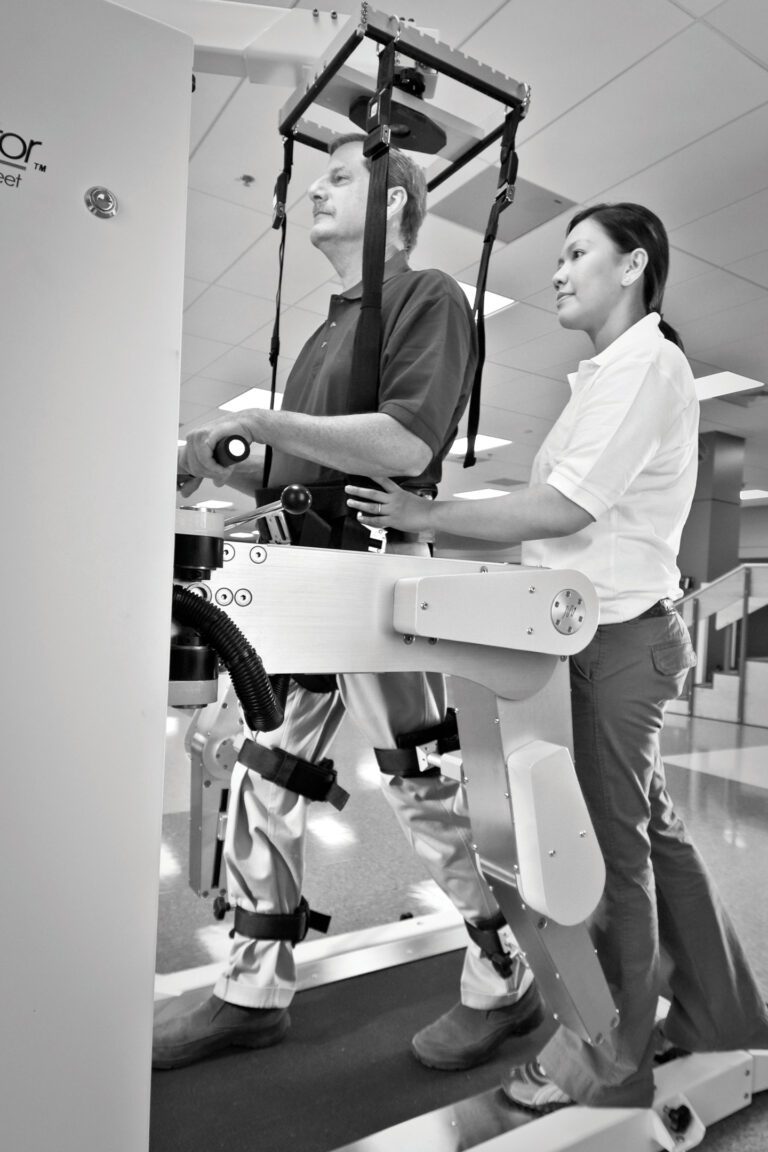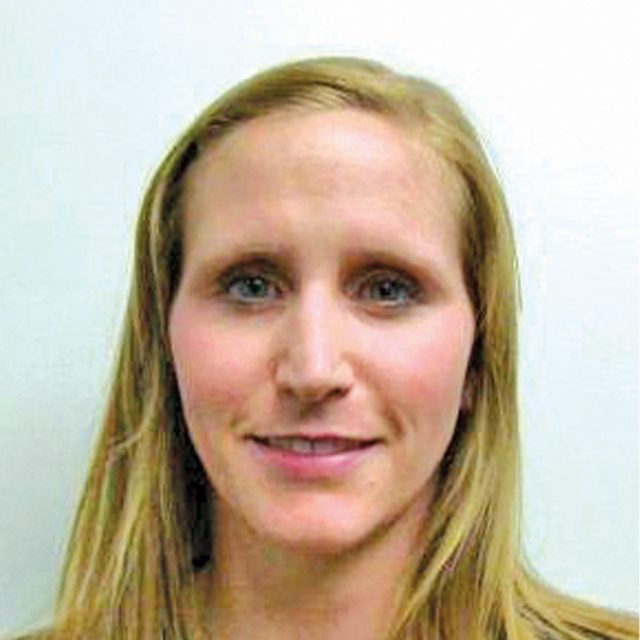Promoting the Restoration of Neural Pathways
Understanding Neuroplasticity
For patients who suffered a brain or spinal cord injury, or for those who experienced a stroke, it’s likely their neural pathways were affected. Years ago, it was thought that once these pathways were damaged, function was permanently lost. Today, we know that is not true.
Think of the neural pathways in your brain as a road map: Every time you think, feel, or act, a particular road is traveled. Each time you repeat a thought or task, your brain becomes familiar with that route, making it easier to travel. An injury that affects your pathways damages those familiar routes, which can hinder a number of important, everyday functions, like your ability to walk.
Fortunately, the brain has an amazing capacity to heal and increase motor and cognitive abilities again after injury. This is known as neuroplasticity, or the brain’s ability to change and form new neural connections throughout a person’s lifetime. Research has shown that rehabilitation that focuses on functional tasks such as walking encourages the use of the affected extremity, which takes advantage of neuroplasticity and promotes recovery.
What Is the AutoAmbulator®?
The AutoAmbulator® is a tool designed to help patients suffering from neurological conditions that result in changes in mobility. Research suggests that intensive weight-supported treadmill training modifies brain mapping and promotes recovery of paralyzed legs. Featuring body-weight support and robotics, this treadmill machine takes the concept of treadmill training to the next level as it monitors walking patterns with the ability to adjust power and speed accordingly.
How It Works
To help a patient reestablish neural connections and a proper gait pattern, a therapist will safely help them into a standing position on the AutoAmbulator®. They will then program the treadmill based on the speed, level of weight bearing, and length of stride appropriate for the patient. For a predetermined length of time, the integrated robotics system helps the patient take steps to retrain the brain.
The Benefits of the AutoAmbulator®
In the past, therapists had to manually move a patient’s legs across a treadmill, which was both labor-intensive and tiring. It also allowed more room for error. With the AutoAmbulator®, training strategies can be programmed into the machine – everything from the amount of body weight supported, the length of stride, and the gait speed. This allows for precise, repetitive movements that are highly personalized, making it easier and safer for patients to create new neural connections without developing ineffective compensation techniques.



